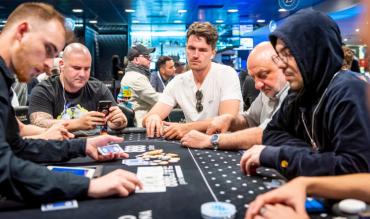GTO (game theory optimal) poker is an incredibly complex topic. It doesn’t always have to be that way, though!
This quick and easy guide will apply GTO principles to river play.
We’ll avoid complex math and only consider broad takeaways you can use immediately to improve your game.
Strategy as Aggressor
Let’s imagine we want to bet in a specific river situation.
What type of hands should we bet?
1. Bet both strong and weak hands.
Naturally, if we have any very strong hands, we want to bet, hoping that our opponent will call with worse.
Of course, if we only ever bet very strong hands on the river, our opponent might eventually figure out our strategy. They may start folding their medium-strength hands.
For this reason, we should also bet some very weak hands as bluffs. This way, our opponent will not automatically be able to fold all their medium-strength hands when facing our river bets.
Betting both strong and weak hands is referred to as betting a polarised range.
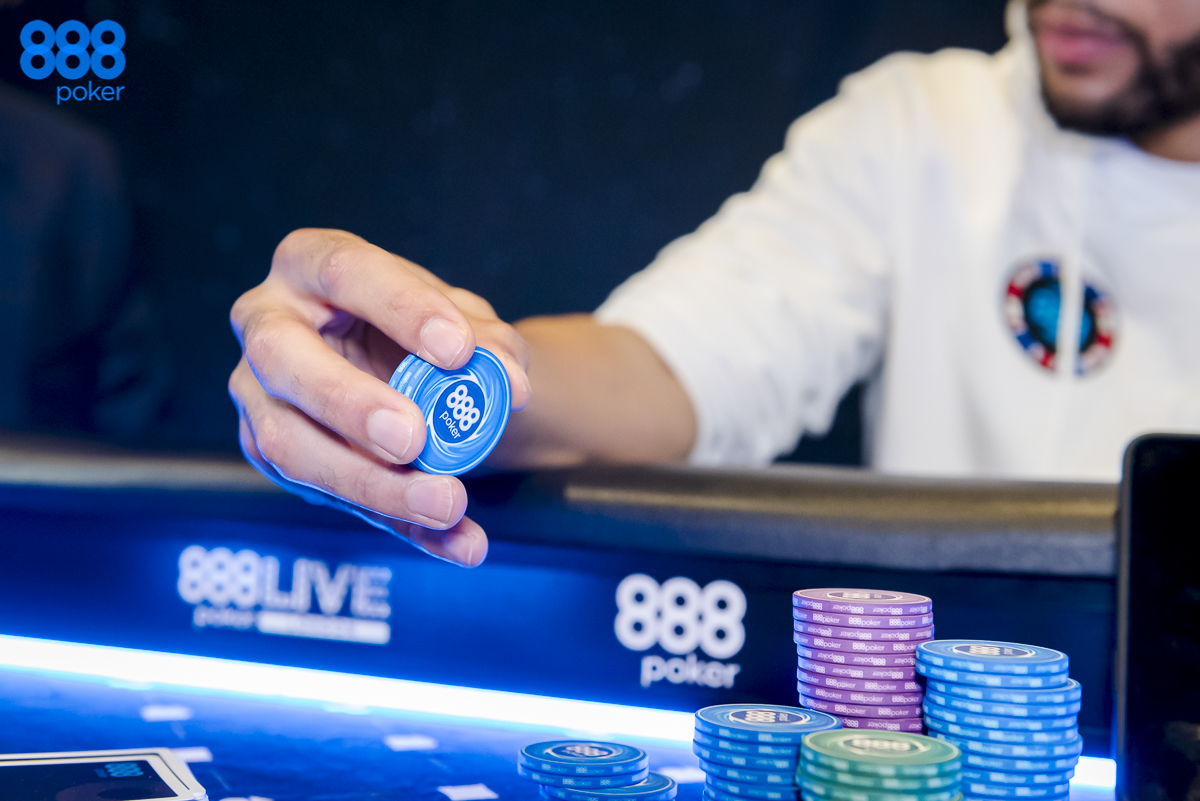
2. Don’t Bet Medium Hands
According to GTO, betting medium-strength hands on the river does not make sense.
Why? They are unlikely to get called by any worse hands and unlikely to fold out better hands.
Betting medium-strength hands may sometimes still be profitable. But it’s usually a mistake since it won’t be as profitable as checking in the long run.
3. Bet strong hands more often than weak hands.
According to GTO, there is an ideal balance between how often we bet a strong hand and how often we bet a weak hand as a bluff.
As promised, we won’t get bogged down with any complex math. For now, just know that the balance between bluffs and value hands depends on the size of the bet.
The larger the size of our river bet, the more often we should be bluffing.
However, regardless of the situation, we should always be value betting more often than bluffing.
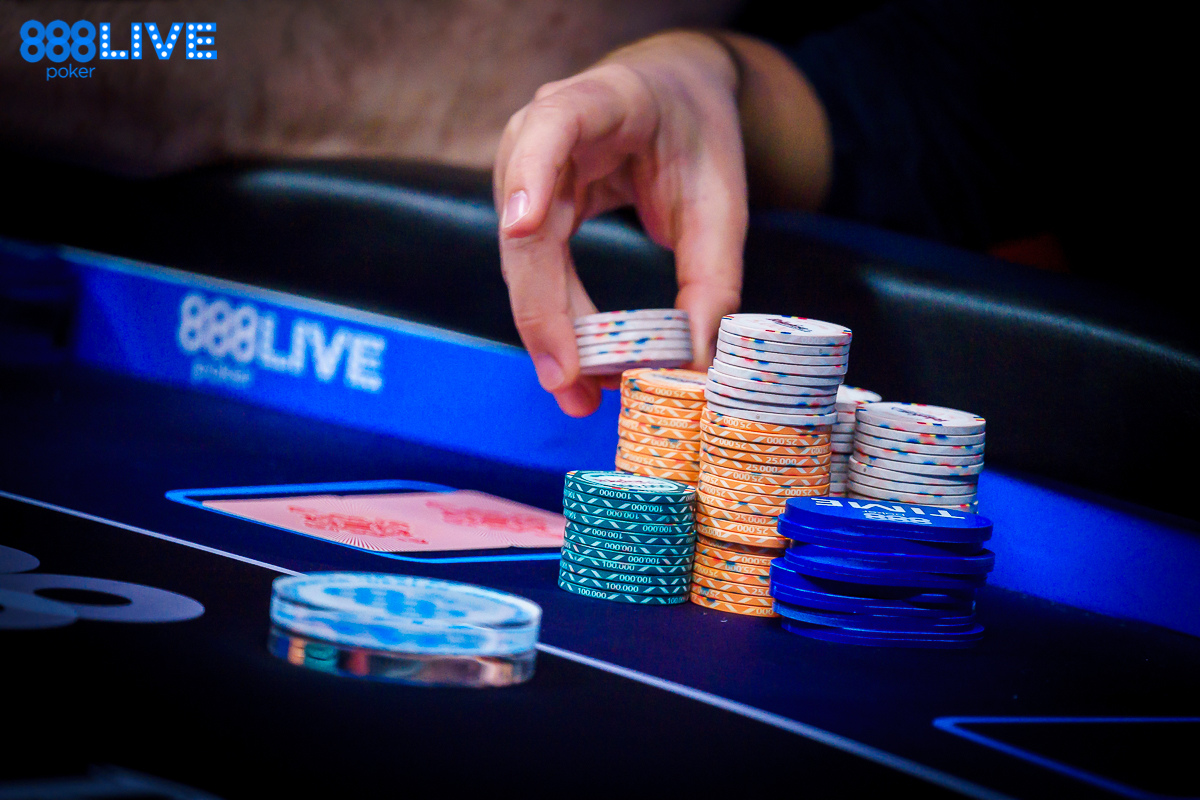
For example, say we make a half-pot bet on the river. GTO dictates we should be value betting 75% of the time and bluffing 25% of the time.
If we start bluffing the river too often, our opponent can take advantage by calling our river bets much more often.
Strategy as Defender
Let’s now imagine we are facing a river bet from our opponent. What should our game plan look like, according to GTO?
1. Call bluffcatchers.
Let’s start with the obvious. If we have any extremely strong hands, we’ll raise. If we have anything extremely weak, we’ll fold.
We are left with a collection of medium-strength hands. We refer to these hands as bluffcatchers. These hands usually only win the pot if our opponent is bluffing.
As a general guide, we’ll call our best bluffcatchers but fold our weaker bluffcatchers.
2. Defend at an appropriate frequency
Our objective is to strike a balance with how often we call the river when holding a bluffcatcher (medium-strength hand).
For example, if we always call – it makes it too easy for our opponent to get paid off with a strong holding.
On the other hand, if we always fold – it makes it too easy for our opponent to push us off the pot with their bluffs.
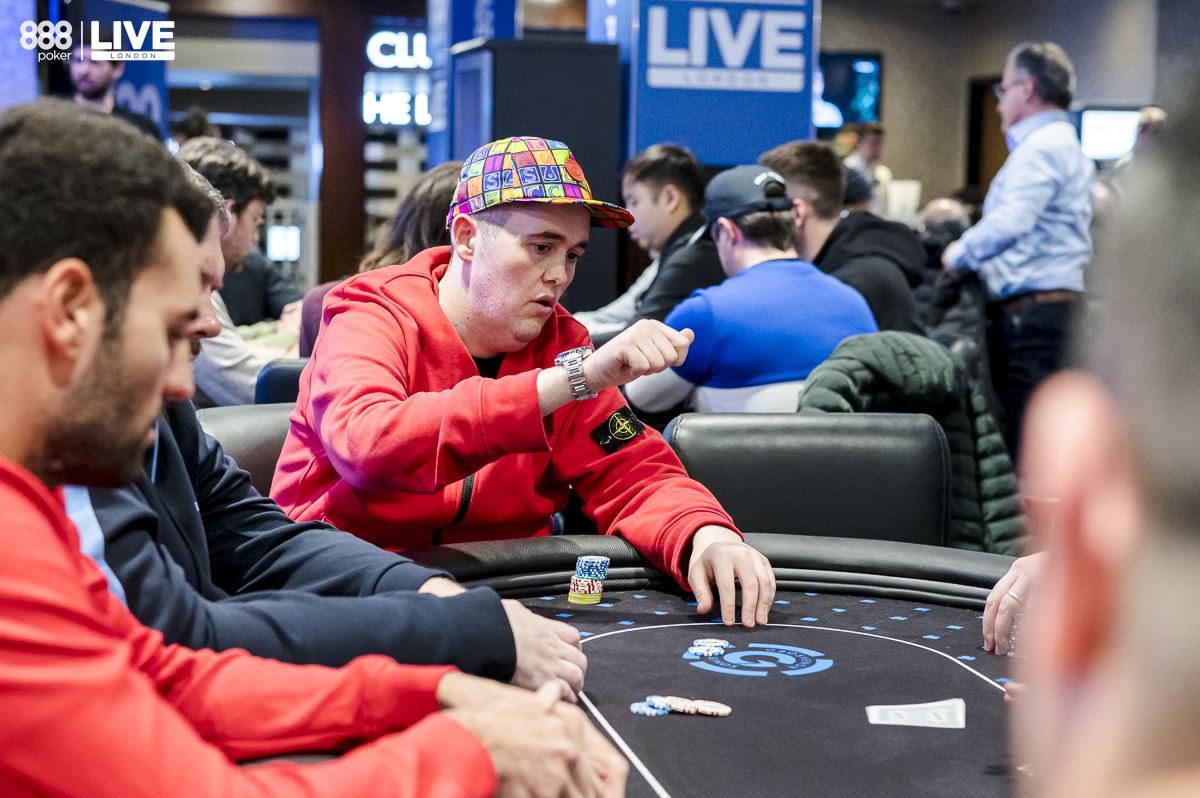
We’ll sidestep any maths. For now, know that the smaller our opponent bets, the more often we should be calling their river bets.
For example, if our opponent makes a half-pot bet on the river, we should be defending around 67% of the time.
The Role of Blockers
A basic introduction to GTO river play would not be complete without touching on the topic of blockers. Don’t get too bogged down with the details here. We are aiming for a very broad introduction to this topic.
Blockers help us to choose the best bluffs and bluffcatchers in a given river scenario. Remember, we can’t typically use all our bluffs or bluffcatchers at any given time.
Let’s quickly recap -
1. As the GTO defender, we can’t call all our bluffcatchers. We need a way of deciding which bluffcatchers are best.
2. As the GTO aggressor, we can’t fire all our bluffs. We need a way of deciding which bluffs are the best.
Blockers help us with this decision. But what exactly is a blocker anyway?

What is a Blocker in Poker?
A blocker (aka card removal effect) is a card in our hand that makes some of our opponent’s hands less likely.
For example, imagine a scenario with three hearts on the board, meaning a heart flush is possible. Our GTO opponent now bets big on the river, representing the flush.
If one of our hole cards is a heart it, makes it slightly less likely that our opponent has the flush and somewhat more likely that he is bluffing.
We might say we “hold a flush blocker” in this situation.
Blockers as the Defender
The ideal hands to bluff-catch the river as the defender have the following blocking effects -
- A solid bluffcatcher blocks legitimate value hands our opponent can have. Consider the heart flush example above.
- A good bluffcatcher does not block bluff hands that our opponent might want to bluff.
Regarding point 2, let’s tweak our heart flush example slightly. Imagine now that the heart flush doesn’t complete. Two hearts are on the flop, but everything misses by the river.

Now, it’s ideal that we don’t hold a heart when bluff-catching. We want to maximise the likelihood that our opponent has a busted heart draw.
This reasoning is an oversimplification of how blockers work, but it should help to explain the concept.
According to GTO, the key idea here is that our blockers help us decide which bluffcatchers to call and which to fold.
Blockers as the Aggressor
The ideal hands to bluff river have the following blocker effects -
- A good bluff blocks legitimate made hands or bluffcatchers that the defender might have.
For example, GTO strategy often raises the river as a bluff with weak pairs. By holding a pair, we reduce the likelihood of our opponent having two pair or a set.
- A good bluff does not block hands that the defender will be folding.
For example, if there is a busted draw on the river, we’d ideally not hold cards that would make up part of an opponent’s possible busted draw.
Not all bluffs and bluffcatchers will meet both of the criteria listed. Many will only check one of the two boxes but still make the cut as bluffs/bluffcatchers.
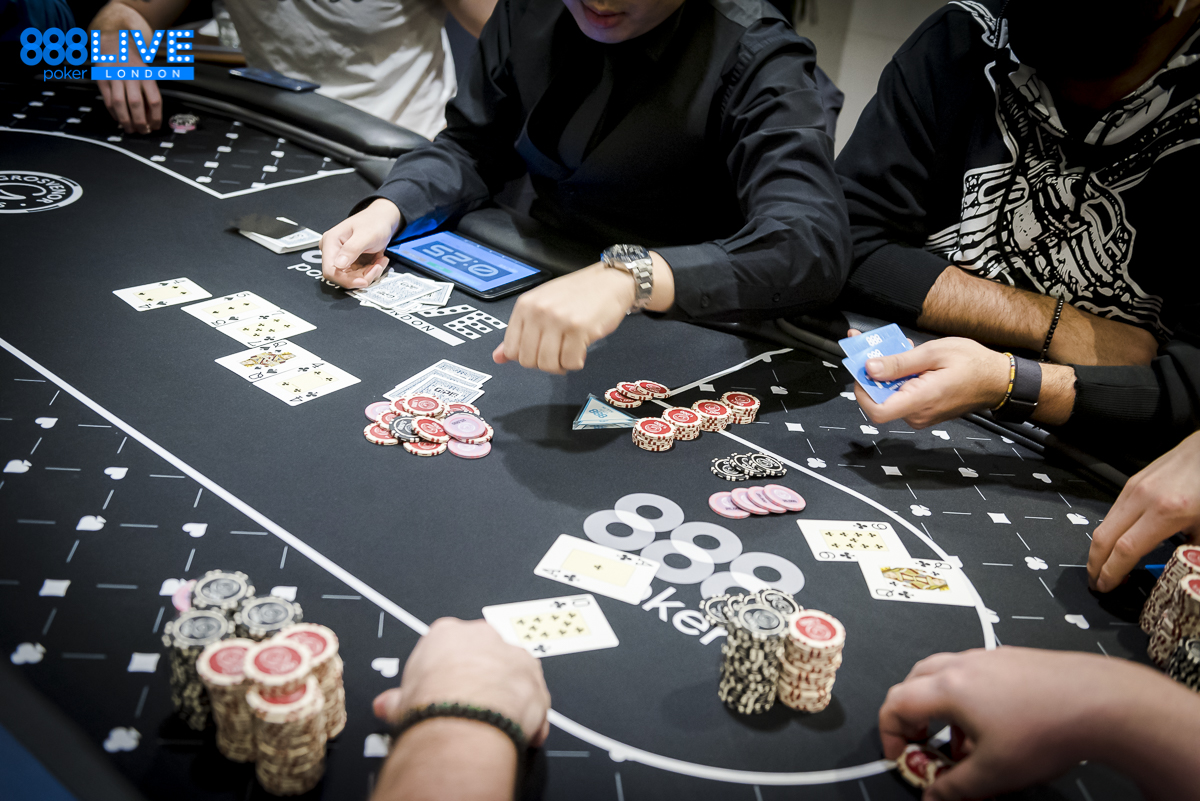
River Raises
The principles behind raising the river when facing a bet are pretty similar to regular river bets.
When we raise the river we want a polarised range. According to GTO., the larger our raise, the more we should bluff.
The best river bluff raises use the blocker strategy described above.
Defending against river raises is similar to defending against regular river bets. We’ll re-raise our best hands and fold our absolute worse.
Our middling hands (i.e., our bluffcatchers) will call or fold depending on their blocking effects.
When Should We Bet the River?
Let’s consider a final question – should we bet the river?
That depends on the previous actions throughout the hand and the hand ranges of each player involved.
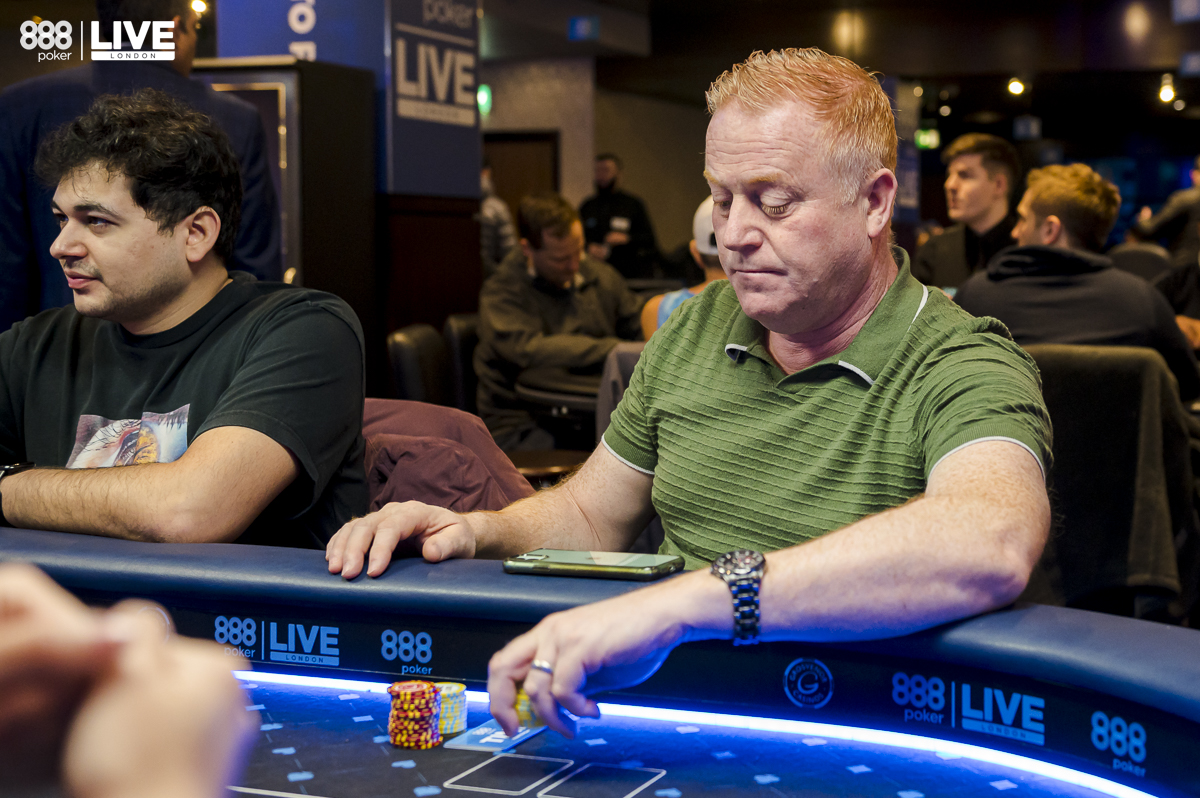
As a general guide, we should strongly consider firing the river if -
- We were the aggressor on the turn, and our opponent just called.
- We have value hands in our range that our opponent is unlikely to beat.
On the flip side, it’s much more likely we should be checking the river if -
- Our opponent took the last aggressive action on the turn, especially if they were in position.
- We don’t have strong value hands in our range – our range mainly consists of medium-strength hands.
These are just rough pointers, not hard and fast rules.
Say we make an OOP river bet into an opponent who took the last aggressive action on the turn. This play is a donk bet.
It's almost impossible that donking is the best line. But this option is very rare, according to GTO solvers.
Final Pointers
Here are the broad takeaways to boost the quality of your game immediately.
1. We should fire polarised ranges on the river. Betting mid-strength hands is a mistake.
2. Bluffing the river is crucial. If we never bluff, our strategy is easy to combat.
3. The larger our river bet, the more often we should bluff.
4. Regardless of the river sizing, we should always be value betting more often than we are bluffing.
5. Blockers help us to decide which bluffs and bluffcatchers make the most sense.
6. We should only fire the river if we have strong value hands in our range.
That said, don’t get too bogged down with the following since things may quickly become too complex in the short term -
1. Precise bluff-to-value ratios in every spot.
2. Precise blocker effects, depending on the scenario.
3. Exact bluff-catching frequencies.
If we can get anywhere in the ballpark with these values, we’ll be doing better than 95% of other players.
We’ll see a noticeable improvement to our winrate and be extremely tough to battle.
